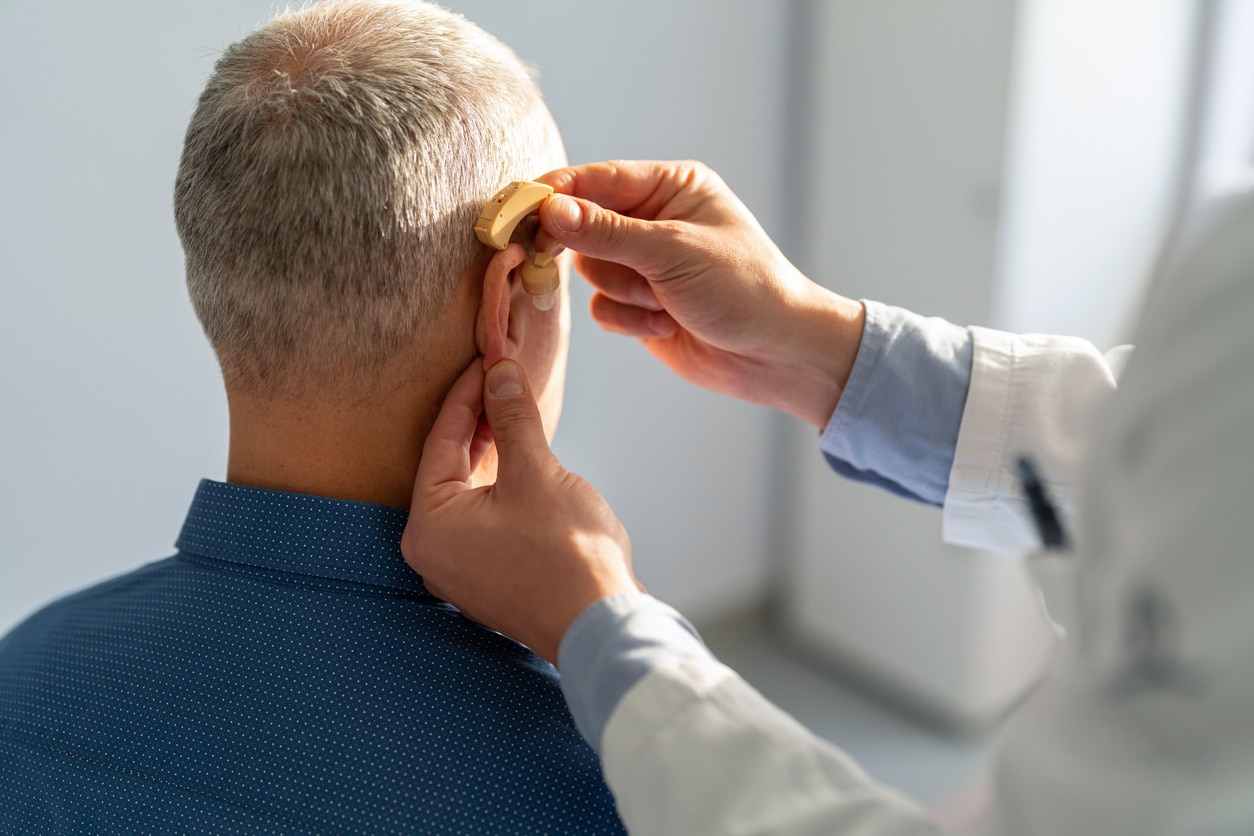Single-sided hearing loss, also referred to as unilateral hearing loss (UHL) or single-sided deafness in severe cases, is a condition where hearing loss is limited to one ear. In the United States, approximately 60,000 people grapple with UHL. Recognizing the signs of UHL and seeking timely intervention can significantly improve your ability to cope with this condition and enhance your overall hearing experience. Signs of UHL hearing loss may include:
- Tinnitus (ringing in only one ear)
- Turning your head to listen with your “good ear”
- Preferring one ear while using the phone
- Difficulty in pinpointing the direction of sounds
- Struggling to understand speech amidst noisy environments, such as bustling dinners at the Bonefish Grill or crowded social gatherings
- Fatigue or exhaustion from prolonged listening efforts
While the loss affects only one ear, the repercussions extend beyond trouble hearing. Patients with UHL may experience exhaustion, stress and a desire to withdraw from social interactions due to the effort of interaction. Seeking treatment is crucial to mitigate its adverse effects on your overall well-being. Let’s delve into four options for managing your UHL.
Hearing Aids

Hearing aids are the most common solution for managing single-sided hearing loss. Following a comprehensive hearing test, your audiologist will customize the hearing aid settings to cater to your specific frequency requirements. This enables you to perceive sounds that would otherwise go unnoticed. You can wear your new devices during busy dinners, work and other social gatherings to minimize the effects of hearing loss.
Cochlear Implants
In severe cases where hearing aids are not effective, cochlear implants offer a viable alternative. These devices have a surgically implanted component and an external auditory processor. By bypassing the dysfunctional part of the inner ear, cochlear implants can significantly improve your ability to understand the world around you.
Contralateral Routing of Signal (CROS) Devices
CROS devices employ a combination of devices—one on each ear. This setup typically involves a hearing aid on the unaffected ear and a microphone on the ear with hearing loss. The microphone captures sounds and transmits them to the functional ear, aiding in sound comprehension.
Bone Conduction Hearing Systems
When conventional options like cochlear implants or hearing aids are not a possibility, bone-conduction hearing systems present an alternative. These systems capture sound vibrations and transmit them through bone conduction to the ear without hearing loss, bypassing the affected ear.
Single-sided hearing loss poses unique challenges, but with early intervention and appropriate management strategies, you can effectively navigate these obstacles and enjoy an improved quality of life. If you suspect you may be experiencing single-sided hearing loss, don’t hesitate to contact Advantage ENT & Audiology to schedule a hearing test and explore suitable treatment options.